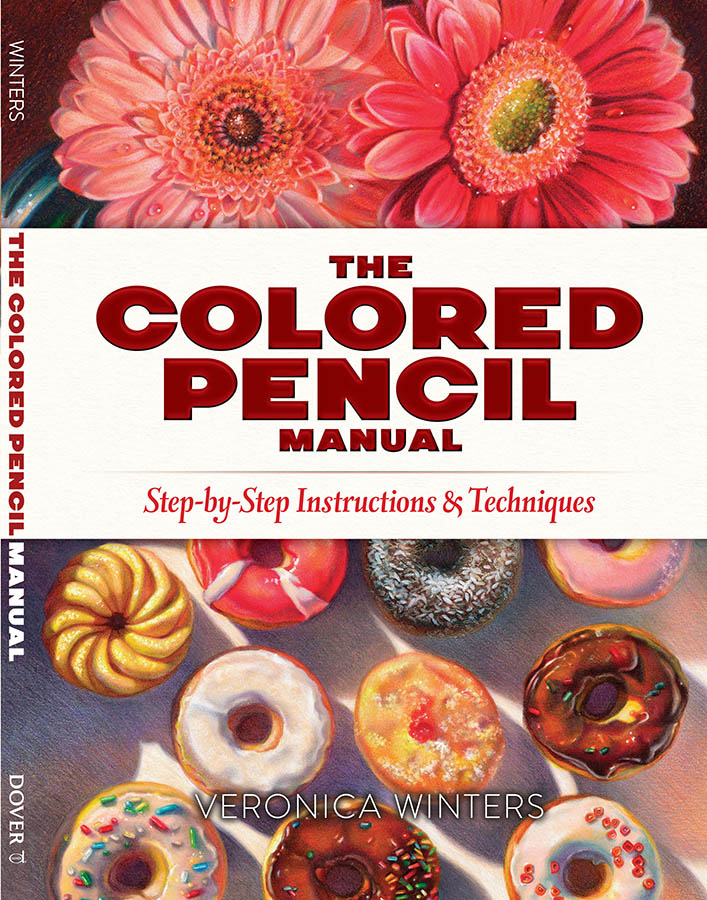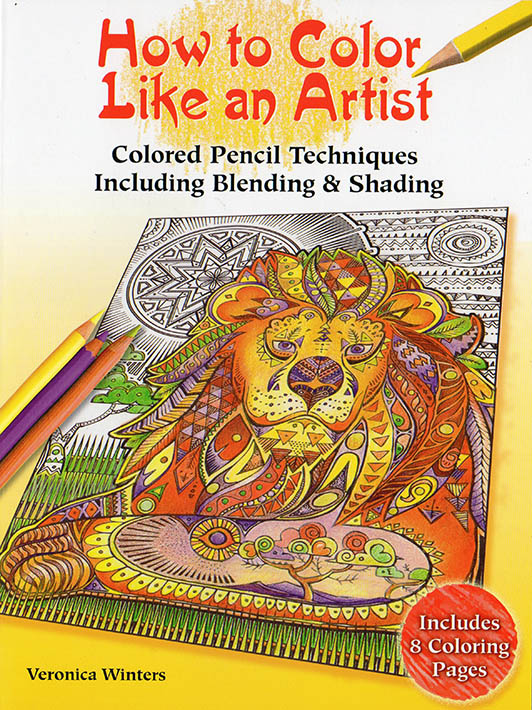What is a grid method in art?
The grid method is a technique used in drawing and painting to help artists accurately replicate an image or scene changing the scale of the picture. The artgrid is one of the ways to transfer the outlines onto enlarged canvas with maximum precision. The artist can grid a small reference photo to enlarge the image to a big canvas with maximum accuracy. It involves breaking the reference image into a grid of equally-sized squares, and then creating an enlarged grid on the drawing or painting surface. The artist then copies the lines seen in each square of the grid with the corresponding details of the reference, resulting in a precise and proportionate representation of the original image. It’s especially useful in portrait and figure painting.
Hyperrealist artists often use grids in art to create realistic portraits, landscapes, still life or other complex compositions that require precise proportions and details. It takes many years to learn to create accurate and precise drawings by hand and the grid process helps achieve the same result in a much shorter time. The realist artist spends his time working on an original idea and outline sketch, erasing and composing the image on a sketch piece of paper. Then he simply grids that sketch to enlarge it to a desired scale getting ready to paint it. Having clean outlines and no residue on canvas is important to realist drawing and painting. By breaking down the complex picture into smaller, manageable parts, the artist can focus on recreating one section at a time, which can make the process of transferring the overall composition less overwhelming. Therefore, grids in art or gridding is often used by artists although it’s not the only way to transfer and upscale images. Nowadays, artists use projectors, transfer paper, print outs, etc for this purpose.
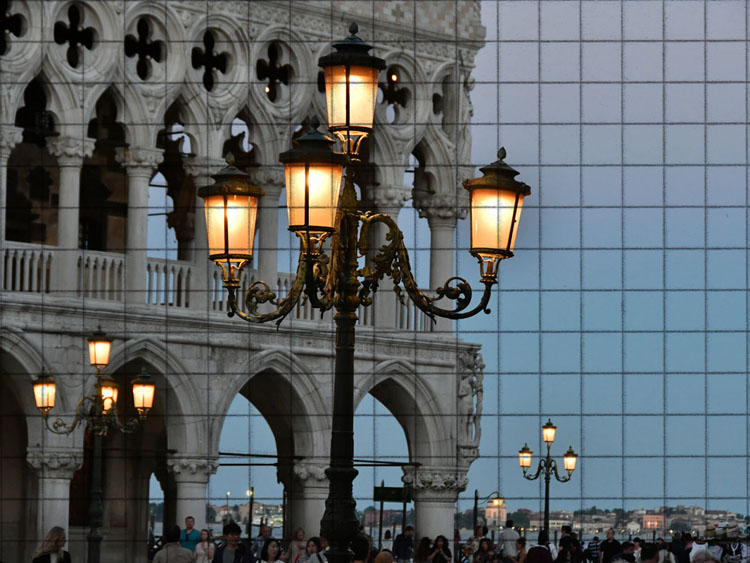
How to use grids in art
To use the grid method, the artist first needs to select a reference image or a composite scene to draw or paint. The artist needs to decide on the size of the grid squares, which often depends on the image’s complexity. Once the grid is established on both the reference image and the drawing or painting surface, the artist can start filling in each square with the corresponding details, using the lines of the grid as a guide for accurate placement and proportion. In the images below, you can see my process of gridding the photo and then transferring or copying the outline onto my drawing paper.

This reference’s ratio is about 6×10 inches, which means that I can enlarge it to 12×20, 18×30, 24×40 and so on. You multiply the number by two to get the enlargement. Also if the image has lots of squares, you want to number them both vertically and horizontally to keep track of the squares when you begin to transfer the image.
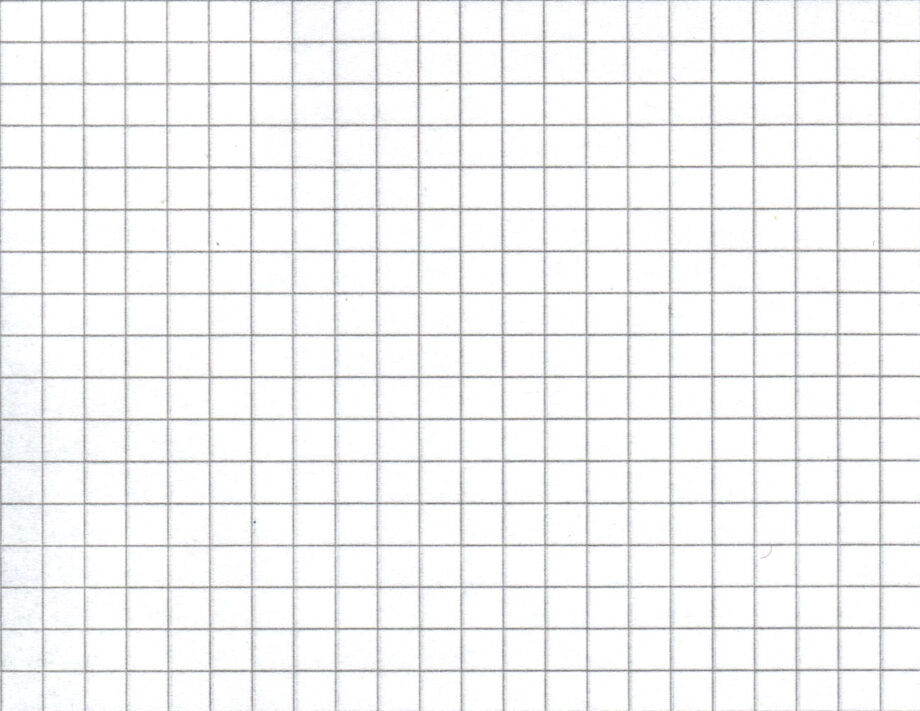
Is grid art cheating?
The short answer is no. Is using a ruler by an architect called cheating? It’s simply a tool to achieve the accurate result. You also learn to eye-size the objects from a reference doing art grids. So there is nothing wrong with it, in my opinion. While the grid method is a useful tool for artists, some argue that it can also hinder creativity and spontaneity in the artistic process. It depends on the art style, in my view. I doubt it hinders your creativity. Abstract artists and many other artists who paint with spontaneity simply don’t need to use the grid because their painting technique isn’t about meticulous precision, rather it’s about gesture and expression – the opposite technique and result of the hyperrealist painters.

Who invented the grid method in art?
Grids in Art History
I think it’s not quite clear who invented the grid method to upscale and transfer images but at the same time the grids or the grid lines were used with different intent and purpose for centuries including Egyptians and Greeks. Mathematical grids have a different purpose from the artist’s, using an artgrid to scale-up and transfer the image. Art grids used in architecture had a different purpose from a simple image transfer and enlargement. Grids were important in design because they were used to create balanced and harmonious designs and compositions involving geometry, math and scale as you can see in one of the pictures below.
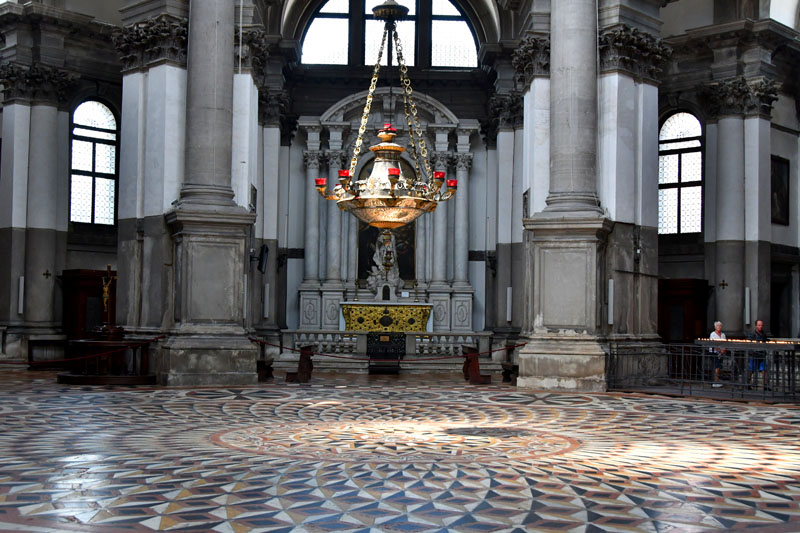
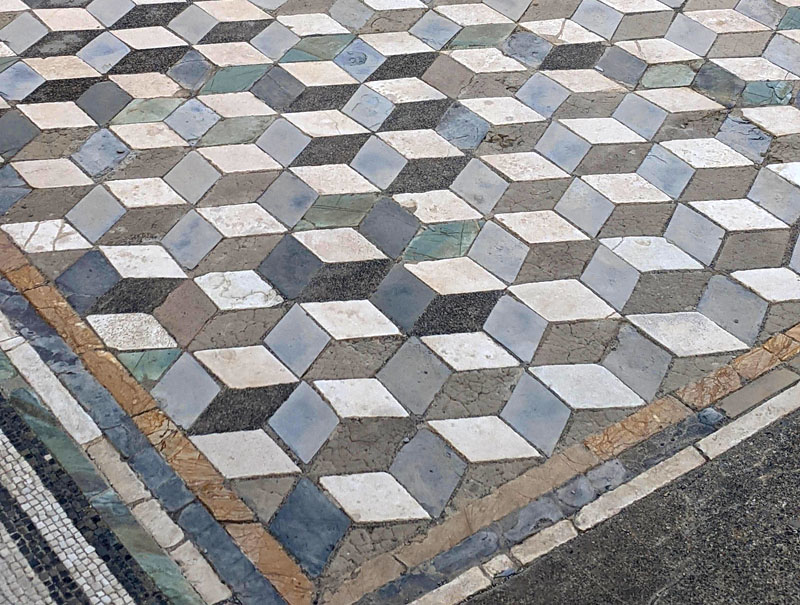
The grid is a series of intersecting lines that divide a surface into equal parts. In ancient Greece and Rome, for example, grids were used to create ancient Greek mosaics and floor patterns and to plan the layout of architectural structures. In the medieval period, grids became a key tool in the creation of stained glass windows, which required careful planning and precise placement of colored glass pieces. The grid provided a framework for the design, allowing for accurate and proportional depictions of figures and scenes. During the Renaissance, grids continued to be used in architectural design and in the creation of frescoes and other large-scale murals. Artists such as Leonardo da Vinci and Albrecht Dürer used grids as a tool for creating accurate perspective and proportions in their drawings and paintings. In the 20th century, the use of grids in art took on a new significance as modern and contemporary artists began to explore the grid as a conceptual element in their works. In the early 1900s, Russian avant-garde artists such as Kazimir Malevich used grids in his abstractions, creating works that emphasized pure geometric form and color over representational imagery. Later, American artists such as Sol LeWitt and Agnes Martin embraced the grid as a foundational element of their minimalist art, using it to create precise, geometric compositions that explored the relationship between order and randomness.
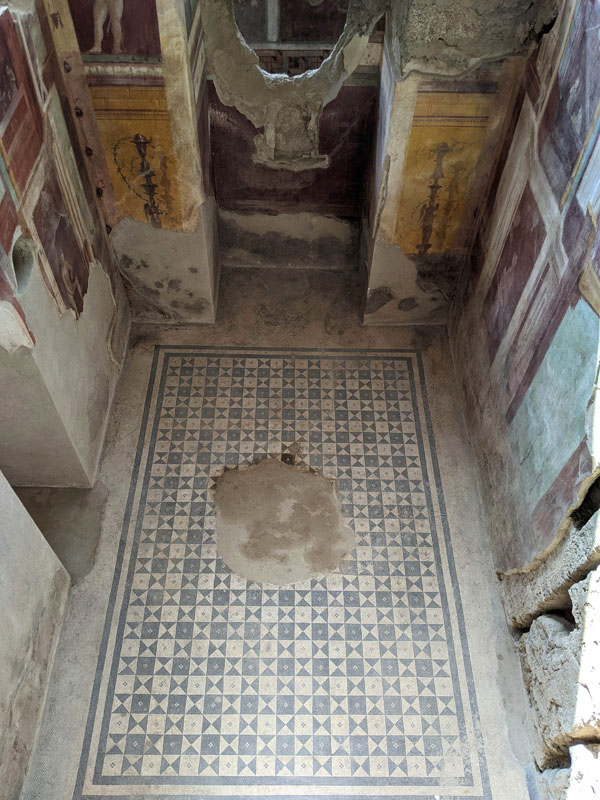
If you’re interested in art history, geometry and design, I recommend to read “Rhythmic form in art” by Irma A. Richter. I wish this book had more illustrations but you can get a thorough understanding how artists designed their art images based on mathematic shapes and forms. If you struggle with composition, you’ll learn how to apply geometry to your compositions. You can also find many books of MC Escher’s drawings and study his use of art grids, perspective and design.
What artists used grid method?
The grid method has been used by many artists throughout history, particularly those who create realistic and detailed works of art. Grids are not useful for gestural, free style painting. They’re needed to create hyperrealist art or art that has strong sense of geometry and design. Here are some famous artists who have used the grid method in their work:
Leonardo da Vinci: The Renaissance master is known to have used the grid method to achieve accurate proportions and perspective in his drawings and paintings.
Albrecht Dürer: The German Renaissance artist also used the grid method to create detailed and precise works, particularly in his prints and engravings.
Chuck Close: The American painter is famous for his photorealistic portraits, which he creates using a grid method that allows him to break down the image into small sections and build it up piece by piece.
David Hockney: The British artist is known for his use of the grid method in his photographic works, which often involve multiple photographs arranged in a grid to create a single image.
Johannes Vermeer: The Dutch Baroque painter is thought to have used a camera obscura and a gridded glass plate to achieve the precise perspective and proportions in his paintings.
Gustave Dore: The French illustrator and engraver used the grid method extensively in his detailed and intricate illustrations for books such as “The Divine Comedy” and “Don Quixote.”
MC Escher: must have used the art grids to create his complex art compositions that have incredible geometric designs and perspectives!
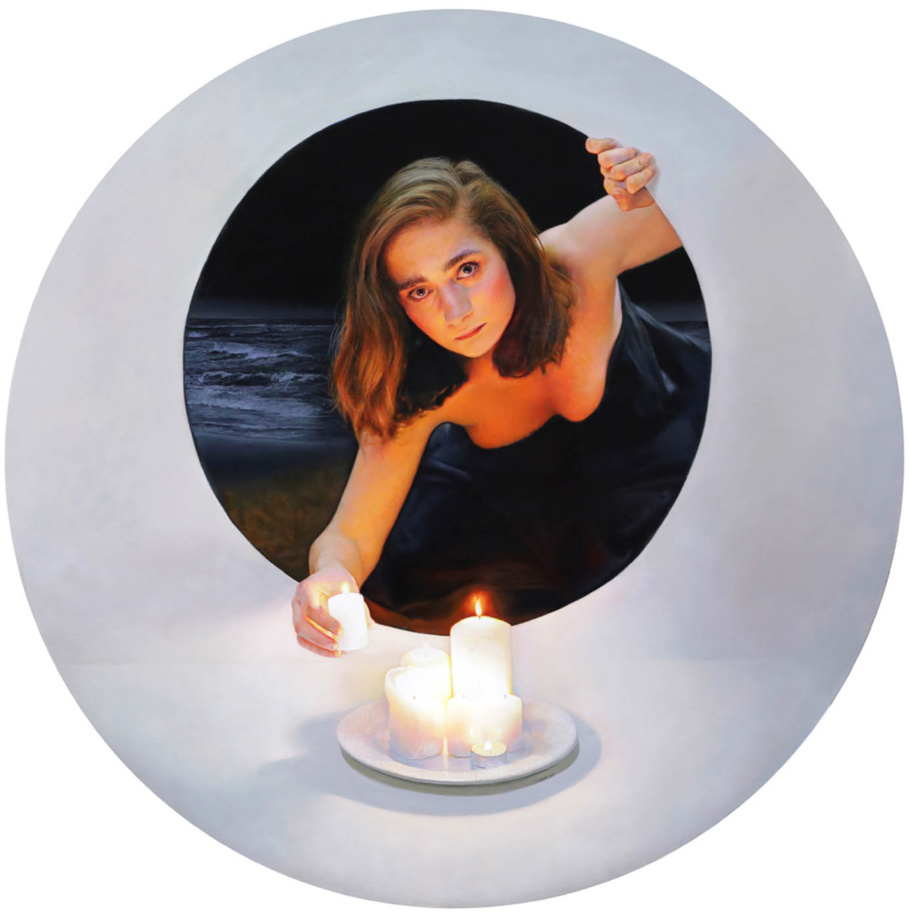
There are a number of contemporary artists who use the grid method to transfer and enlarge their images onto panels and paper. For example, a contemporary realist artist Tanja Gant (interview) and a Polish painter Anna Wypych grid their surfaces to do realistic painting. Do you know any other contemporary artists using art grids to enlarge their references? Let me know!
https://veronica-winters-art-school.teachable.com/
Art supplies:
- Drawing pad, bristol vellum
- Kneaded eraser
- koh -i-noor drawing paper, colored pencil
- Tombow mono eraser
- Drawing fixative
- Sennelier fixative for charcoal and pencil has a super fine spray mist, matte, high-quality
- Gamvar varnish for oil paintings, satin
- Brush for varnishing oil paintings
- Color Wheel
- Canson Colorline drawing paper is available in many colors and various thickness. You might find better choices at art supply online retailers
- Molotow metallic marker, gold
- How to color like an artist, coloring book for children and adults
- The colored pencil manual, art instruction book
